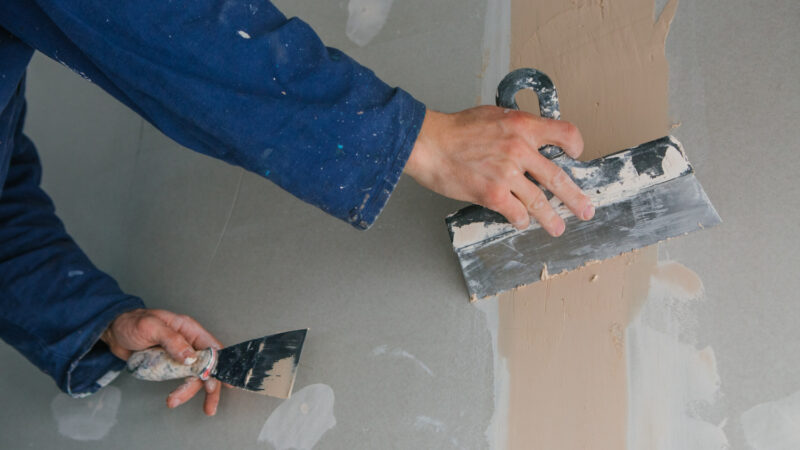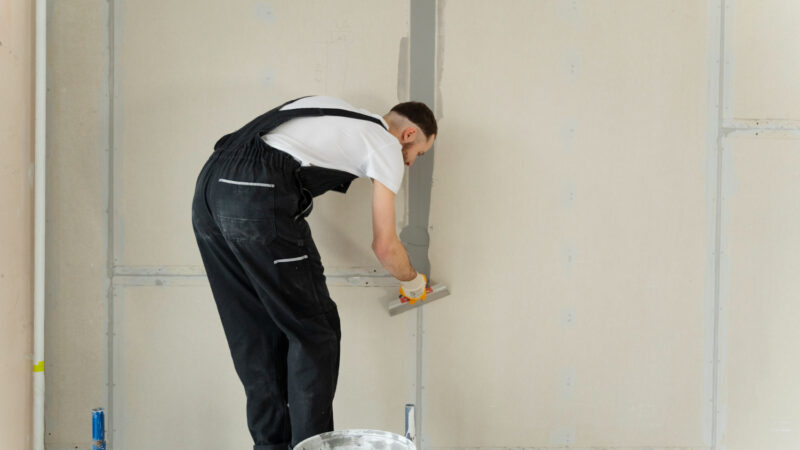Plastering is an essential aspect of both interior and exterior construction, but the requirements and techniques for each application differ significantly. Understanding the distinctions between interior and exterior plastering is crucial for achieving optimal results and ensuring the longevity of your home’s surfaces. In this blog, we’ll touch on the key differences between interior and exterior plastering, covering materials, techniques, and essential considerations for each application.
1. Materials:
Interior Plastering:
Interior plastering typically involves the use of gypsum-based plasters, such as plaster of Paris or gypsum plaster. These materials are lightweight, easy to work with, and offer a smooth finish ideal for interior walls and ceilings. Gypsum-based plasters set quickly, allowing for efficient application and faster project completion.
Exterior Plastering:
In contrast, exterior plastering requires more durable and weather-resistant materials to withstand the elements. Cement-based plasters, such as cement plaster or stucco, are commonly used for exterior surfaces. These materials provide enhanced strength, moisture resistance, and durability, making them suitable for exterior walls, facades, and other outdoor applications.
2. Techniques:
Interior Plastering:
Interior plastering focuses on achieving a smooth and flawless finish that enhances the aesthetics of indoor spaces. Techniques such as skimming, floating, and troweling are commonly employed to achieve a seamless surface. Interior plastering also involves careful attention to detail to ensure uniformity and consistency across walls and ceilings.
Exterior Plastering:
Exterior plastering requires specialized techniques to withstand the harsh effects of weather and environmental factors. Application methods such as rendering, scratching, and floating are used to create a durable and weather-resistant finish. Additionally, reinforcing materials like mesh or fibres may be incorporated into the plaster mixture to improve strength and stability.
3. Considerations:
Interior Plastering:
When plastering interior surfaces, factors such as humidity levels, substrate condition, and desired finish must be taken into account. Proper preparation of the substrate, including cleaning, priming, and levelling, is essential to ensure adhesion and a smooth finish. Interior plastering also allows for greater flexibility in terms of decorative finishes and paint options to suit the homeowner’s preferences.
Exterior Plastering:
Exterior plastering requires careful consideration of factors such as climate, exposure to sunlight, and moisture levels. The plaster must be able to withstand temperature fluctuations, UV exposure, and moisture ingress to prevent deterioration and structural damage. Proper surface preparation, including cleaning, sealing, and waterproofing, is crucial to protect exterior walls and maintain their integrity over time.
Talk to the experts to choose the right solutions for you.
Interior and exterior plastering serve distinct purposes and require different approaches to achieve optimal results. While interior plastering focuses on aesthetics, smoothness, and decorative finishes, exterior plastering prioritises durability, weather resistance, and structural integrity.
At CM Decorating, our experienced team specialises in both interior and exterior plastering, delivering superior results that meet the unique needs of each project. Chat with our team today about which methods and materials are best for your project.
[CONTACT US]



